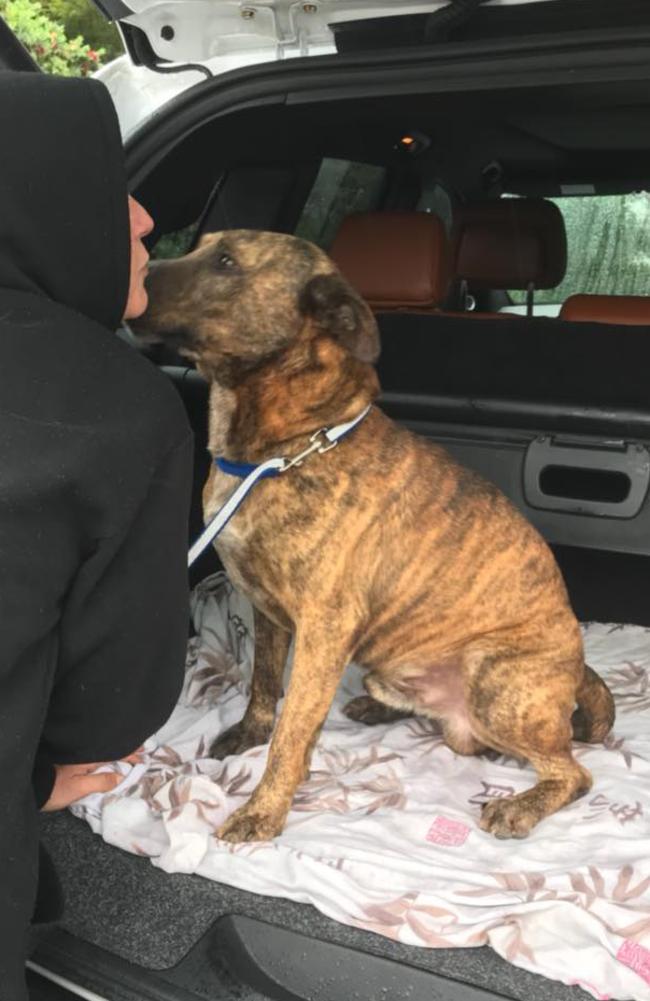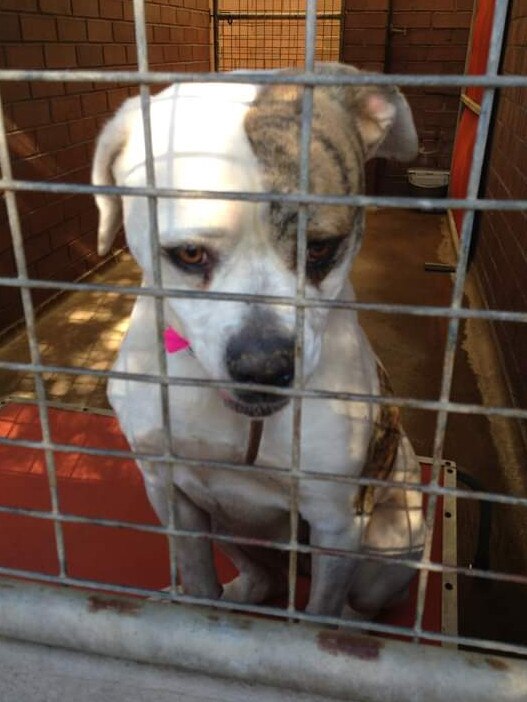Festive season can too easily become killing season
Of the thousands of cute puppies and kittens offered up as Christmas presents this year, it is feared up to one in five could end life languishing in a shelter, facing the executioner’s needle.
Of the thousands of cute puppies offered up as Christmas presents this year, it is feared up to one in 10 could end their life languishing in an animal shelter, facing the executioner’s needle.
For while it is the season of goodwill to humans, it is the genesis of the killing season for unwanted, unsellable or simply superfluous pets.
Across Australia an estimated 100,000 companion animals are euthanised each year with more than 20,000 in NSW alone.

MORE NEWS
MP’s trips to ‘seedy’ Asian locations scrutinised
‘Polite bandit’ arrested over bank heists
Haunting seconds before seaplane crash
While this represents a 50 per cent decline over the past decade because of microchipping, the increase in “low-kill” pounds and shelters and the efforts of pound rescuers, animal welfare advocates say much more needs to be done.
Under the current system, it’s described as “a roll of the dice” as to whether animals live or die. Their fate depends on whether they end up in a pound which has adopted a policy of minimising euthanasia and maximising efforts to re-home animals.
In the lead-up to Christmas, many of the state’s facilities are now full, meaning animals whose time is up by law in facilities with higher kill rates could be put to sleep to make way for new critters coming in.
In Sydney and the Central Coast, a half dozen councils operate low-kill pounds, while others use or run pounds that have higher euthanasia rates — and in some cases in rural parts of the state these put down 100 per cent of unclaimed animals.
Rescue workers claim they are thwarted in their efforts to reduce the death rate by an unwillingness among rangers to use social media to help rehome and a culture of bullying and intimidation by council staff in some areas with volunteers warned they will be frozen out if they make waves.

Deb Moodie, co-founder of Pound Rescue Inc, works hard on establishing a system of relationships, notification and transport with sympathetic pounds to find foster carers and eventually new homes for animals.
“It’s really been a killing industry and there’s still no transparency or accountability,” Ms Moodie said.
“There is absolutely a culture of bullying and intimidation aimed at rescuers in some places — but it doesn’t stop me. I won’t be bullied or gagged because this needs to be told and the animals’ lives are worth saving.
“They don’t have a voice … we are their voice.”
Local Government Minister Gabrielle Upton said there was an expectation council pounds and shelters abide by the letter and the spirit of the Companion Animals Act, which stipulates every effort should be made to reunite pets with their owners and save animals that can be rehomed.
“The NSW government is aware of community concerns about euthanasia rates and the welfare of companion animals in council pounds and shelters across the state,” she said.
“While responsibility for animals in pounds and shelters lies with local councils, I strongly urge them to exercise their responsibilities in the most humane way possible. While euthanasia rates are falling, more needs to be done and the government remains committed to further reducing these rates by working closely with councils and animal welfare groups to promote responsible pet ownership.

“Councils should do everything in their power to reunite pets with their owners — or, if that is not possible, to rehome them.”
Despite changing community attitudes that has driven some councils to look at their practices, many animals are still being held in poor conditions and killed randomly and sometimes inhumanely, say advocates.
That is especially the case in under-resourced rural and country pounds where they are susceptible to extremes of heat and cold and there are claims of others being put down in ways most people would find cruel and shocking. They include dogs either shot, dragged unwillingly to their deaths to an area used for putting them to sleep or given painful injections directly to the heart in a low-cost euthanasia method called “heartsick”.
Cats, meanwhile, are reportedly routinely placed in crush cages to stop their movement before being killed. A large percentage of cats euthanised are kittens unable to be adopted.
According to combined figures for 2016, the RSPCA and council pounds euthanased about 11,000 dogs and 17,000 cats — a number declining each year — including feral cats and dangerous dogs. One issue inhibiting rehoming is public fear of getting a dog with a behavioural problem. But rescuers say these are screened out.
MORE NEWS
Ahmed Elomar’s horse ride at Cronulla
Bikie’s wife has child porn charges dropped
Alleged ‘peeping Tom’ accused of more charges
A continuing problem is unregulated breeding. Dogs NSW, which represents genuine breeders, told a parliamentary inquiry in 2015 that of the estimated 125,000 puppies required each year to meet demand in NSW, 103,000 were supplied by backyard breeders, puppy factories or rescue dogs.
But the Animal Justice Party in NSW believes over-breeding is much worse.
Bernie Brennan, a researcher for the NSW Animal Justice Party MP Mark Pearson, said figures compiled through key stakeholders indicated that in 2017 about 450,000 puppies were born in Australia as a result of puppy farming.
“That is the best estimate compiled by adding up information provided by key stakeholders and the reason it can only be a best estimate is that it’s such a dark industry,” he said.
Separate research shows more than a third of dogs are bought from a breeder with animal shelters supplying only 16 per cent and pet shops 14 per cent.
For while it is the season of goodwill to humans, it is the genesis of the killing season for unwanted, unsellable or simply superfluous pets.


